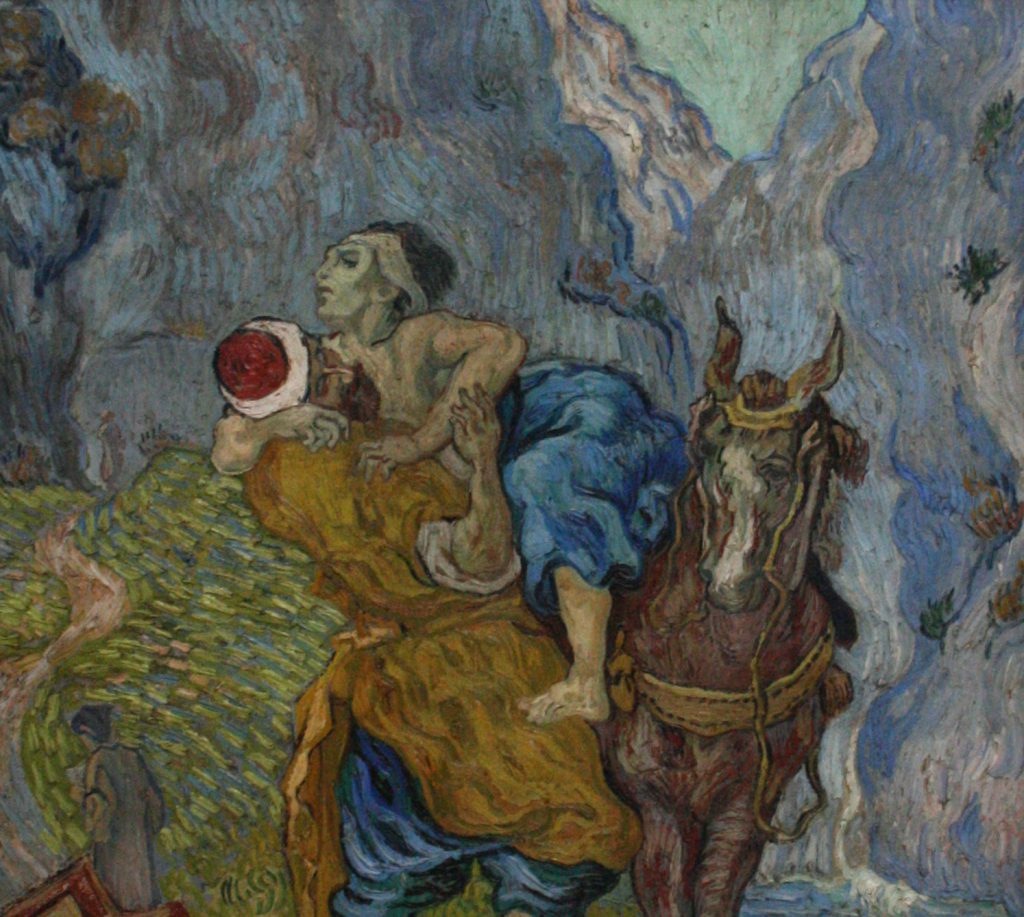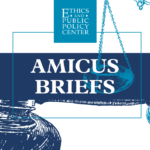
Published March 12, 2020
The Church is sometimes better prepared to deal with sinners than she is to help those hurt and wounded by sin.
If you spend enough time studying the abuse crisis in the Catholic Church – i.e. if you read enough old news reports or listen to enough survivors’ testimonies – certain patterns emerge. Some of these patterns are confounding, others are simply infuriating: a failure to take allegations seriously; a tendency to underestimate the trauma caused by sexual abuse in children; a powerful instinct to protect the reputation and assets of the institution, even at the cost of harming victims and putting others at risk; a willingness to trust experts who gave bad advice, particularly about the safety of returning “rehabilitated” offenders to ministry.
As many abuse survivors are all too aware, the Church has often shown more solicitude for accused priests – even admitted abusers – than for their victims. For decades, it was the case that a priest-abuser (provided he is not laicized or in prison) could expect his diocese or religious order to send him for therapy, counseling, and – depending on the kind of offense he has committed – rehabilitation. In short, the guilty man might be removed from ministry, or have his ministry restricted, but he would have his physical, mental, and spiritual needs provided for in every possible way. His accuser, on the other hand, got to speak to a lawyer.
This, it should be noted, has been changing for a long time. Since 2002, dioceses have been much better about providing counseling services for those who have come forward with claims of abuse. The Dallas Charter clearly states that “The first obligation of the Church with regard to the victims is for healing and reconciliation.” Every diocese in the United States is to have a designated Victims’ Assistance Coordinator to ensure that abuse survivors are not lost in the bureaucratic machine that is set in motion when an allegation of abuse is made.
The Church is learning to treat abuse survivors as people who have been wounded, rather than simply as liabilities. Many dioceses are moving to a less adversarial model of interaction with those who have been abused.
Last spring, Pope Francis made explicit the need for Church authorities around the world to ensure that those who have been harmed are “treated with dignity and respect” and that they be “welcomed, listened to, and supported, including through the provision of specific services; offered spiritual assistance; offered medical assistance, including therapeutic and psychological assistance, as required by the specific case.”
We often hear of the importance of “putting victims first” or of making sure the Church is “listening to survivors.” To most Catholics, I think, this is obvious. So obvious, in fact, that such truisms – at certain times and coming from certain people – can sound like attempts to deflect from other pressing or embarrassing matters. There are times when “this is about the victims” comes across as the ecclesiastical equivalent of “pay no attention to the man behind the curtain.”
Putting abuse survivors first may be easy and obvious in the abstract, but it can be quite difficult in reality. Even if we could strip away the remaining institutional obstacles that impede the Church’s relationship with abuse survivors – lingering clericalism, bureaucratic inertia, institutional self-protection, etc. – real barriers would remain.
For one, it is much easier for the Church to condescend (in the best sense) to sinners – even abusers – than to encounter those who have suffered at the hands of the Church. This is not just a matter of psychology. The Church has plenty of experience dealing with sinners. The Scriptures are full of parables and examples given by Christ himself: the Good Shepherd, the prodigal son, the woman at the well, the woman caught in adultery, the calling of Zacchaeus, the command to forgive seventy times seven.
We have a whole sacrament devoted to forgiving sins and reconciling the sinner to Christ and His Body. But in each of these instances, it is the Church doing the forgiving, the Church being the conduit of mercy, the Church who gets to be Christ-like. Jesus never had to beg forgiveness.
And then there is the inescapable fact that someone who has experienced severe trauma is, by the very fact of that trauma, set apart. Think of the soldier who returns home after the horrors of war, or the parents who must put their lives back together after burying a young child. Those of us who have not lived through such harrowing trials often find it hard to know how to interact with those who have.
It is no good pretending the trauma never happened, nor can we pretend that we understand the depths of what victims have experienced. We cannot explain to them what happened or why. We cannot fix them.
For many of us, the most we know how to offer is a clumsy word of empathy – a word which hopefully does no harm – followed by silence.
Trauma can open a social chasm between the one who has experienced it and those who have not. Bridging that chasm is not easy, even for those with the goodwill and desire to do so. In the case of abuse survivors, trauma can create a taboo. I don’t mean a taboo born of repugnance, but of isolating reverence and awe.
The Church must continue to learn to listen to survivors – be present to survivors, be patient with survivors – and that is not easy, because even our solicitude for them can be isolating.
The undeserved wounds of the innocent can confound us. They are a stumbling block, a sign of contradiction. In this season of Lent, as we contemplate the Cross, it is worth reflecting on what sin has done to the Body of Christ. Look upon the one we have pierced. Can we recognize the face of our Savior? Can we recognize his face in the brokenness of other faces?
It is not easy, but we must try.
© 2020 The Catholic Thing.
Stephen P. White is executive director of The Catholic Project at The Catholic University of America and a fellow in Catholic Studies at the Ethics and Public Policy Center.











